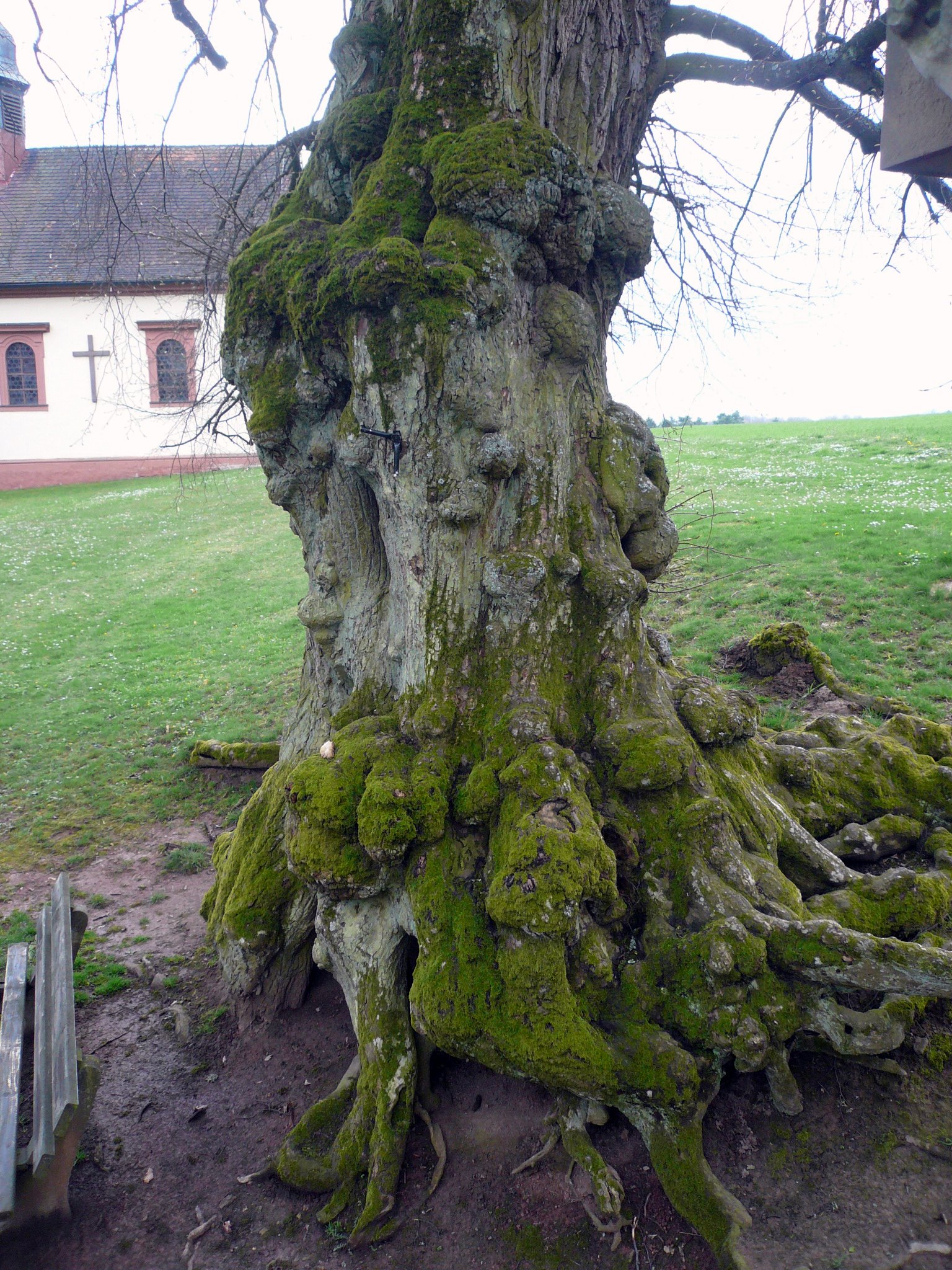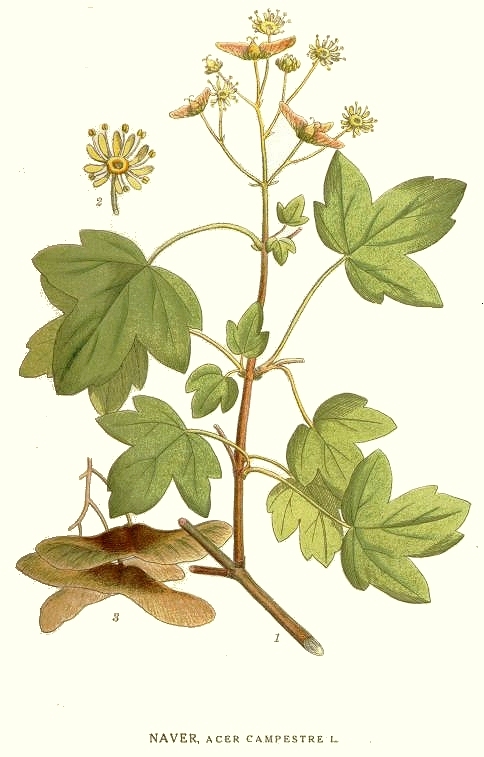|
Green Forest, Timișoara
The Green Forest (in Romanian ''Pădurea Verde'', in Hungarian ''Vadászerdő'', in German ''Jagdwald'', the last two translated as "hunting forest") is an urban forest located in northeastern Timișoara, covering an area of 724 ha (or 737 ha according to other sources). It is seen as Timișoara's green lung and is also an important recreation and leisure area. History The area has been inhabited since ancient times, proof of this being a Sarmatian tomb of a woman discovered after archeological surveys in the forest in 1969. Over time, the forest was both a place of shelter and a source of food for the locals. During the peasant uprising of 1514, György Dózsa and his bands of peasants advanced towards the city hidden through the Green Forest. The cartographic data from 1723–1725 but also from 1776 show that in the 18th century there was a secular forest in this space. Under the Habsburgs, the forest was declared a hunting area reserved exclusively for the first governor of ... [...More Info...] [...Related Items...] OR: [Wikipedia] [Google] [Baidu] |
Timiș County
Timiș () is a county (''județ'') of western Romania on the border with Hungary and Serbia, in the historical regions of Romania, historical region of Banat, with the county seat at Timișoara. It is the westernmost and the largest county in Romania in terms of land area. The county is also part of the Danube–Criș–Mureș–Tisa Euroregion. Name The name of the county comes from the Timiș (river), Timiș River, known in Roman antiquity as ''Tibisis'' or ''Tibiscus''. According to Lajos Kiss' etymological dictionary, the name of the river probably comes from the Dacian language: ''thibh-isjo'' ("marshy"). In Hungarian language, Hungarian, Timiș County is known as ''Temes megye'', in German language, German as ''Kreis Temesch'', in Serbian language, Serbian as Тамишки округ/''Tamiški okrug'', in Ukrainian language, Ukrainian as Тімішський повіт, and in Banat Bulgarian dialect, Banat Bulgarian as ''okrug Timiš''. Geography Timiș is the lar ... [...More Info...] [...Related Items...] OR: [Wikipedia] [Google] [Baidu] |
Romsilva
Regia Naţională a Pădurilor Romsilva or simply Romsilva is a Romanian state-owned enterprise responsible for dealing with protection, preservation and development of publicly owned forests of the Romanian state, and the management of hunting and fishing grounds. Romsilva owns and manages of forests which represents 65% of all forests in the country. The company has its headquarters in Bucharest. Activity Romsilva owns and manages of forests or around 65% of Romania's overall forests. The forests consist mainly of common beech 31.5%, coniferous trees 29.9%, pedunculate oak 18%, different species of hardwood trees 15.7% and various types of softwood trees 4.9%. Other important assets include 214 lodges, of which 187 are introduced in the online accommodation system, and 69 are placed for national and international tourist circuits. The company produced around of timber and timber products in 2009 of which 90% was exported to Egypt and 10% to the People's Republic of China. ... [...More Info...] [...Related Items...] OR: [Wikipedia] [Google] [Baidu] |
Blackthorn
''Prunus spinosa'', called blackthorn or sloe, is an Old World species of flowering plant in the rose family, Rosaceae. It is locally naturalized in parts of the New World. The fruits are used to make sloe gin in Britain and patxaran in Basque Country. The wood is used to make walking sticks, including the Irish shillelagh. Description ''Prunus spinosa'' is a large deciduous shrub or small tree growing to tall, with blackish bark and dense, stiff, spiny branches. The leaves are oval, long and broad, with a serrated margin. The flowers are about in diameter, with five creamy-white petals; they are produced shortly before the leaves in early spring, and are hermaphroditic, and insect-pollinated. The fruit, called a "sloe", is a drupe in diameter, black with a purple-blue waxy bloom, ripening in autumn and traditionally harvested – at least in the UK – in October or November, after the first frosts. Sloes are thin-fleshed, with a very strongly astringent flavour when ... [...More Info...] [...Related Items...] OR: [Wikipedia] [Google] [Baidu] |
Common Hawthorn
''Crataegus monogyna'', known as common hawthorn, whitethorn, one-seed hawthorn, or single-seeded hawthorn, is a species of flowering plant in the rose family, Rosaceae. It grows to about tall, producing hermaphrodite flowers in late spring. The berry-like pomes (known as haws) contain a stone-encased seed. The plant is native to Europe, but has been introduced in many other parts of the world. The pome flesh is of little culinary interest due to its dryness, but is used to make jellies. The young leaves and petals are also edible. Description The common hawthorn is a shrub or small tree up to about tall, with a dense crown. The bark is dull brown with vertical orange cracks. The younger stems bear sharp thorns, about long. The leaves are long, obovate, and deeply lobed, sometimes almost to the midrib, with the lobes spreading at a wide angle. The upper surface is dark green above and paler underneath. The hermaphrodite flowers are produced in late spring (May to early Jun ... [...More Info...] [...Related Items...] OR: [Wikipedia] [Google] [Baidu] |
Black Locust
''Robinia pseudoacacia'', commonly known as black locust, is a medium-sized hardwood deciduous tree, belonging to the tribe Robinieae of the legume family Fabaceae. It is native to a few small areas of the United States, but it has been widely planted and naturalized elsewhere in temperate North America, Europe, Southern Africa and Asia and is considered an invasive species in some areas, such as the temperate east coast of Australia where the cultivar "Frisia" (Golden Robinia) was widely planted as a street tree before being classed as a weed. Another common name is false acacia, a literal translation of the specific name (''pseudo'' reek ''ψευδο-''meaning fake or false and ''acacia'' referring to the genus of plants with the same name). Description The roots of black locust contain nodules that allow it to fix nitrogen, as is common within the pea family. Trees reach a typical height of with a diameter of . It is a very upright tree with a straight trunk and narrow ... [...More Info...] [...Related Items...] OR: [Wikipedia] [Google] [Baidu] |
Tilia
''Tilia'' is a genus of about 30 species of trees or bushes, native throughout most of the temperateness, temperate Northern Hemisphere. The tree is known as linden for the European species, and basswood for North American species. In Great Britain and Ireland they are commonly called lime trees, although they are not related to the citrus Lime (fruit), lime. The genus occurs in Europe and eastern North America, but the greatest species diversity is found in Asia. Under the Cronquist system, Cronquist classification system, this genus was placed in the family Tiliaceae, but genetic research summarised by the Angiosperm Phylogeny Group has resulted in the incorporation of this genus, and of most of the previous family, into the Malvaceae. ''Tilia'' is the only known ectomycorrhizal genus in the family Malvaceae. Studies of ectomycorrhizal relations of ''Tilia'' species indicate a wide range of fungal symbionts and a preference toward Ascomycota fungal partners. Description ''T ... [...More Info...] [...Related Items...] OR: [Wikipedia] [Google] [Baidu] |
Turkey Oak
Turkey oak is a common name for several species of oaks and may refer to: *''Quercus cerris'', native to southeastern Europe and Asia Minor *''Quercus laevis ''Quercus laevis'', the turkey oak, is a member of the red oak group of oaks. It is native to the southeastern United States. The name turkey oak derives from the resemblance of the leaves to a turkey's foot. A Turkish and southern European spe ...'', native to the southeastern United States {{Plant common name Quercus taxa by common names ... [...More Info...] [...Related Items...] OR: [Wikipedia] [Google] [Baidu] |
Field Maple
''Acer campestre'', known as the field maple, is a flowering plant species in the family Sapindaceae. It is native to much of continental Europe, Britain, southwest Asia from Turkey to the Caucasus, and north Africa in the Atlas Mountains. It has been widely planted, and is introduced outside its native range in Europe and areas of USA and Western Australia with suitable climate. Description It is a deciduous tree reaching tall, with a trunk up to in diameter, with finely fissured, often somewhat corky bark. The shoots are brown, with dark brown winter buds. The leaves are in opposite pairs, long (including the petiole) and broad, with five blunt, rounded lobes with a smooth margin. Usually monoecious, the flowers are produced in spring at the same time as the leaves open, yellow-green, in erect clusters across, and are insect-pollinated. The fruit is a samara with two winged achenes aligned at 180°, each achene is wide, flat, with a wing. The two varieties, not accept ... [...More Info...] [...Related Items...] OR: [Wikipedia] [Google] [Baidu] |
Tatar Maple
''Acer tataricum'', the Tatar maple or Tatarian maple, is a species of maple widespread across central and southeastern Europe and temperate Asia, from Austria and Turkey, and in some circumscriptions, with a disjunct population in eastern Asia in northern and central China, Japan and the Russian Far East. The species is named after the Tatar peoples of southern Russia; the tree's name is similarly commonly also misspelled "Tartar" or "Tartarian" in English.Ecosystema''Acer tataricum''(in Russian Description ''Acer tataricum'' is a deciduous spreading shrub or small tree growing to tall, with a short trunk up to diameter and slender branches. The bark is thin, pale brown, and smooth at first but becoming shallowly fissured on old plants. The leaves are opposite and simple, broadly ovate, long and broad, unlobed or with three or five shallow lobes, and matt green above; the leaf margin is coarsely and irregularly toothed; the leaf petiole is slender, often pink-tinged, long. Th ... [...More Info...] [...Related Items...] OR: [Wikipedia] [Google] [Baidu] |
Common Ash
''Fraxinus excelsior'', known as the ash, or European ash or common ash to distinguish it from other types of ash, is a flowering plant species in the olive family Oleaceae. It is native throughout mainland Europe east to the Caucasus and Alborz mountains, and west to Great Britain and Ireland, the latter determining its western boundary. The northernmost location is in the Trondheimsfjord region of Norway.Rushforth, K. (1999). ''Trees of Britain and Europe''. Collins . The species is widely cultivated and reportedly naturalised in New Zealand and in scattered locales in the United States and Canada. Description It is a large deciduous tree growing to (exceptionally to ) tall with a trunk up to (exceptionally to ) diameter, with a tall, narrow crown. The bark is smooth and pale grey on young trees, becoming thick and vertically fissured on old trees. The shoots are stout, greenish-grey, with jet-black buds (which distinguish it from most other ash species, which have g ... [...More Info...] [...Related Items...] OR: [Wikipedia] [Google] [Baidu] |
Common Hornbeam
Common may refer to: As an Irish surname, it is anglicised from Irish Gaelic surname Ó Comáin. Places * Common, a townland in County Tyrone, Northern Ireland * Boston Common, a central public park in Boston, Massachusetts * Cambridge Common, common land area in Cambridge, Massachusetts * Clapham Common, originally common land, now a park in London, UK * Common Moss, a townland in County Tyrone, Northern Ireland * Lexington Common, a common land area in Lexington, Massachusetts * Salem Common Historic District, a common land area in Salem, Massachusetts People * Common (rapper) Lonnie Rashid Lynn (born March 13, 1972), known professionally as Common (formerly known as Common Sense), is an American rapper and actor. The recipient of three Grammy Awards, an Academy Award, a Primetime Emmy Award, and a Golden Globe Award, ... (born 1972), American hip hop artist, actor, and poet * Andrew Ainslie Common (1841–1903), English amateur astronomer * Andrew Common (1889–1953), ... [...More Info...] [...Related Items...] OR: [Wikipedia] [Google] [Baidu] |
Pedunculate Oak
''Quercus robur'', the pedunculate oak, is a species of flowering plant in the beech and oak family, Fagaceae. It is a large tree, native to most of Europe and western Asia, and is widely cultivated in other temperate regions. It grows on soils of near neutral acidity in the lowlands and is notable for its value to natural ecosystems, supporting a very wide diversity of herbivorous insects and other pests, predators and pathogens. Description Pedunculate oak is a deciduous tree up to tall, with a single stout trunk that can be as much as in girth (circumference at breast height) or even 14 m in pollarded specimens. Older trees tend to be pollarded, with boles (the main trunk) about 3 m long. They often live longer and become more stout than unpollarded trees. The crown is spreading and unevenly domed, and trees often have massive lower branches. The bark is greyish-brown and closely grooved, with vertical plates. There are often large burrs on the trunk, which typically ... [...More Info...] [...Related Items...] OR: [Wikipedia] [Google] [Baidu] |






